Three hundred years after the Third Crusade and Altair’s uncovering of the Templar conspiracy to obtain the Pieces of Eden in order to impose their will upon the world in Assassin’s Creed, the developers at Ubisoft took the descendants of Altair from the world of the Medieval Middle East to 15th century Renaissance Italy, a world of city-states, Machiavellian politics, religious fervor, and family rivalries. In Assassin’s Creed 2, players jumped into the boots of Ezio Auditore, the son of one of most prestigious banking families of the city of Florence and of course, a descendant of the famed assassin, Altair. Renaissance Florence was filled with great works of art painted or sculpted by such notables as Michelangelo and Leonardo da Vinci. Typical of the Renaissance was the immense architectural revival especially the great cathedrals, the large palazzos, and palaces of local and regional rulers. In the realm of politics, it was a world of Niccolo Machiavelli, the Medici, bribery, blackmail, conspiracy, and assassination. The Auditore family was caught in the middle of this complex world of intrigue and beauty.
As players explore the various Italian cities in Assassin’s Creed 2, players immediately notice the various famous landmarks throughout each location. Of course, when people read about the Renaissance in Italy, architecture is definitely one of the core representations of the subject. In the city of Florence (Firenze), the most notable buildings of the city were the Ponte Vecchio, the churches including Santa Maria Novella and the great cathedral of Santa Maria del Fiore, commonly known as Il Duomo (you may remember jumping off the high free-standing bell tower and climbing the huge red dome), and the Piazza della Signoria, with the fortress Palazzo Vecchio. However, the massive architecture does not stop in Firenze. As Ezio travels around the surrounding countryside of Tuscany and eventually into the cities of Venice with its long networks of canals and huge piazzas, San Gimignano and its Medieval skyline of towers, and Forli, many of the notable buildings and locations encountered are actual standing structures recreated in 3D fashion. The majestic skylines of each city as seen at various high points come alive with identical precision.
Given the well established reputation of the accuracy in recreating the environments and architecture of the Crusader cities of Assassin’s Creed, Ubisoft’s meticulous designs for bringing to life the intricate architectural styles of Renaissance Italy in Assassin’s Creed 2 raised the bar in recreating historical locations in games. The developers not only went to the locations, but they also consulted local Renaissance historians such as Dr. Marcello Simonetta, whose most notable discovery was the real mastermind and execution of the notorious Pazzi conspiracy to assassinate Florence’s Lorenzo di Medici and his brother Giuliano. They even go as far as to bringing to life Lorenzo di Medici and Niccolo Machiavelli based on sculptures and portraits from the period.
Although Ubisoft was able to bring the world of Renaissance Italy back to life on the screen through its accurate research and design, the storyline of the notorious Order of Assassins and the struggle to undermine the Templar conspiracy of world domination and manipulation takes a style similar to many pervading myths about the Hashshashin as well as the Templar order from novels such as The Da Vinci Code. However, as discussed before in the last article on Assassin’s Creed and the legend of the Hashshashin, the order pretty much declined after the end of the Crusades and its existence eventually vanished with the Mongol invasions of the 13th century. With that in mind, creating a believable storyline using the backdrop of the Assassins and the Knights Templar, an order that was also defunct by the time of the Renaissance, proved to be a challenge for the developers. However, given the time period and the complexities in politics and familial vendettas in 15th century Italy, fitting in the centuries long feud between the Assassins and the Templars within this period of political and civil strife worked pretty well.
The most notable of these family feuds that many Renaissance historians would recognize is the power struggle between the two big banking families of Florence—the Medici and the Pazzi. The rivalry between these two families revolved around who would be the dominant force in Florentine politics. The Medici family, who were relative newcomers to Florentine society and politics unlike the Pazzi, quickly became the dominant banking powerhouse in Tuscany and had great influence in another dominant force in Italian power politics—the Roman Catholic Church. As a result of their money lending power, marriage alliances, and social networking, the Medici were able to rapidly rise to become the defacto rulers of Florence as well as holding powerful positions within the Catholic Church. Naturally, they also made many enemies including the Pazzi, who were a well entrenched force in Florence generations before the Medici.
The rivalry came to a climax when the Pazzi along with the Salviati, who were another Florentine banking family, and Papal bankers conspired to assassinate Lorenzo di Medici and his brother, Giuliano. The plot started when Pope Sixtus IV purchased the stronghold of Imola from Milan, which was on the border between the Papal domain and Tuscany. The Pope had gone to the Medici for financial backing, but Lorenzo refused because he wanted to obtain the strategic town for Florence. The Pazzi, seeing this as a way to gain favor with the Pope, gave the financial support he needed to complete the transaction even though Francesco di Pazzi assured Lorenzo that they were not going to provide the loans. In return for their support to the Pope, the Pazzi would gain exclusive rights to alum mines in the town of Tolfa, northwest of Rome. Alum was essential to dye production in the textile industry, which fueled the Florentine economy. In addition, Sixtus IV’s nephew Girolamo Riario would be appointed the governor of Imola, and Francesco Salviati, the Archbishop of Pisa, which was a direct challenge to Lorenzo, who wanted the position for his own family.
With tacit approval from the Pope, who emphasized the need to avoid bloodshed, the conspirators began setting their plan in motion. The assassination attempt was set for Easter Sunday, 26 April 1478 during High Mass at the Duomo. In front of a crowd of over 10,000 people, the Medici brothers were assaulted with Giuliano being stabbed first by Bernardo Baroncelli and 18 times by Francesco di Pazzi. Antonio Maffei and Stefano da Bagnone—both priests—attacked Lorenzo grabbing his shoulder, but Lorenzo pulled away just in time and was able to fend off Maffei. Lorenzo was then led away to a back room in the cathedral with serious, but non-life threatening wounds. After a short time, Lorenzo emerged to the relief of supporters. The conspirators then tried to seize the seat of government, which enraged citizens causing them to rise against them. Consequently, the coup failed and the conspirators seized and executed. Jacopo di Pazzi was thrown out a window and dragged through the streets of the city. Francesco Salviati was hanged at the Palazzo della Signoria. Francesco di Pazzi, who was wounded during the assault in the cathedral, was hanged naked from the Palazzo. A few days later, Maffei and Bagnone were arrested by city guards with their noses and ears cut off. They were then swiftly convicted and hanged. Reprisals against the Pazzi family included seizure of assets and businesses and banishment from the city. All evidence of Pazzi existence in Florence including portraits of family members and the family crest were forbidden and destroyed. In response to the execution of Archbishop Salviati, Pope Sixtus IV placed an interdict on Florence forbidding Mass and communion from being administered. Though he privately supported the coup, Sixtus IV was bound by holy law to punish the act of bloodshed.
Assassin’s Creed 2 reenacted the Pazzi conspiracy with the actual characters that were involved in the actual plot. However, instead of mentioning the role of Sixtus IV, Rodrigo Borgia, who would later become pope (Alexander VI) in the game and in actual history, was the Templar mastermind behind the coup. The deaths of the plotters—Francesco, Vieri, Jacopo di Pazzi, Antonio Maffei, Francesco Salviati, Bernardo Baroncelli, and Stefan da Bagnone—were carried out within a few days. However, in order to expand the story into a wider, drawn out struggle, the game allows Jacopo, Bernardo Baroncelli, Stefano da Bagnone, and Antonio Maffei to escape into the Tuscan countryside where Ezio hunts each one of them down. Baroncelli did try to escape to Constantinople in reality, but was caught and sent back to Florence where he was hanged. In game, he does try to escape to Constantinople, but fails and winds up in San Gimignano where he falls to Ezio’s blade. Although the conspiracy was named for the doomed Pazzi, they were mere pawns, in both the game and history, of a greater scope of power politics. Interestingly, in 2004 Dr. Marcello Simonetta, who was working on his doctorate in Renaissance Studies, found a coded letter while working in a private archive in Italy written by Frederico da Montefeltro, Duke of Urbino to Pope Sixtus IV. After decoding the letter with assistance from a similar code index used by a family ancestor, Dr. Simonetta was able to prove that the real masterminds behind the conspiracy were the pope and the Duke of Urbino, who were going to install the Pazzi as the new governing authority in Florence. Furthermore, once the assassinations were complete, the Duke would be on standby outside the city with an army of 600 men to support the conspirators in securing the city. After 500 years, the real architects of the plot were finally revealed, and their motivation was really a Papal plot to install a pro-Papal government.
After the Pazzi conspiracy, the rest of Assassin’s Creed 2 becomes more fictional as the Templar plot and rivalry with the Assassins continues to unravel. Despite the deviation from history in the story, many of the political and religious characters encountered by Ezio are, in fact, actual historical figures of the time period. Naturally, Leonardo da Vinci was alive during the period. However, his flying machine was never put into practice contrary to the game’s depiction. In addition to the meticulous redesign of the cities in the game, artwork of the period including sculptures and paintings also make their appearances in the markets and buildings of the Assassin’s Creed world. Overall, the developers at Ubisoft have done a superb job in weaving history and fiction in this latest title of the series. Although the history is a little more lacking than in the first game, the plot line still works and is appropriate for the time period.

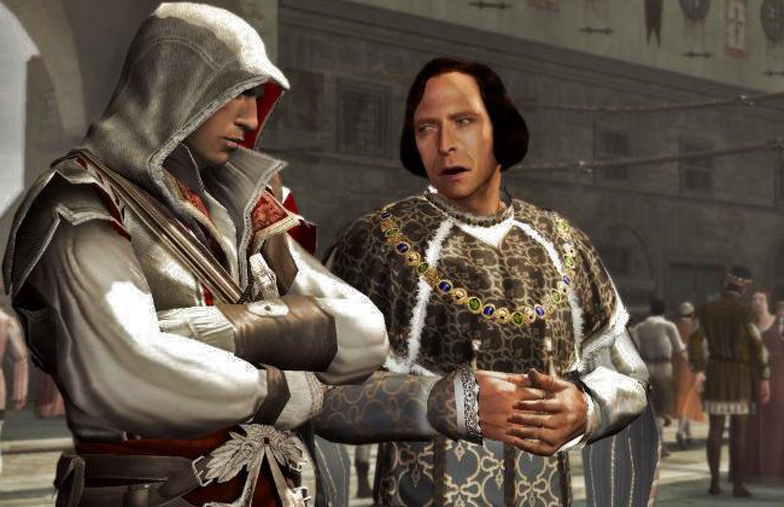
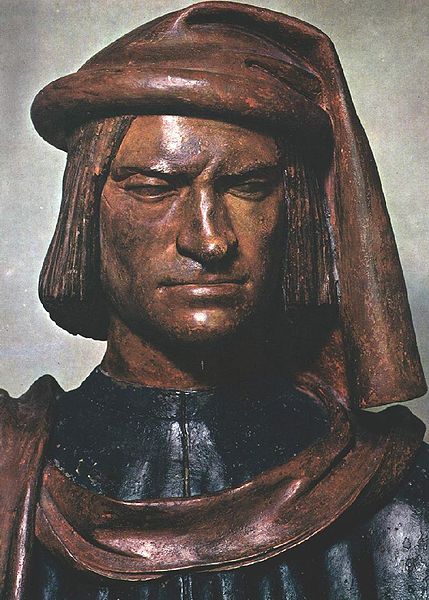
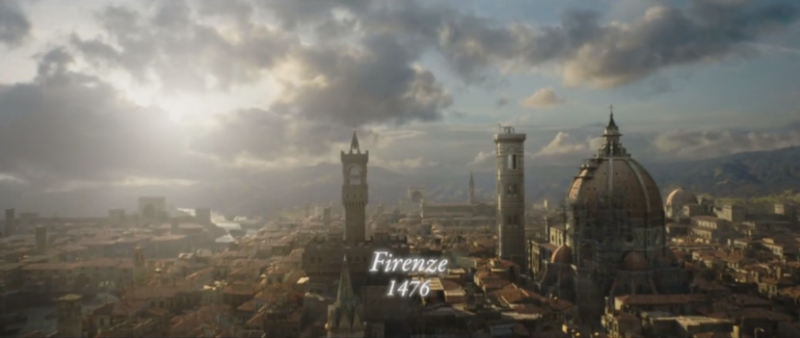
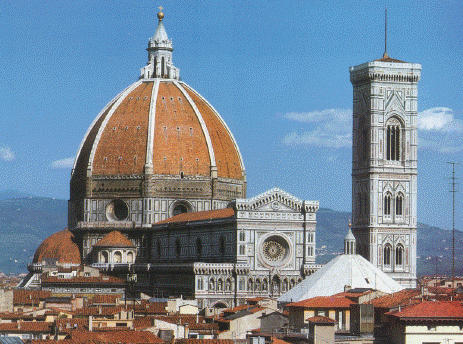
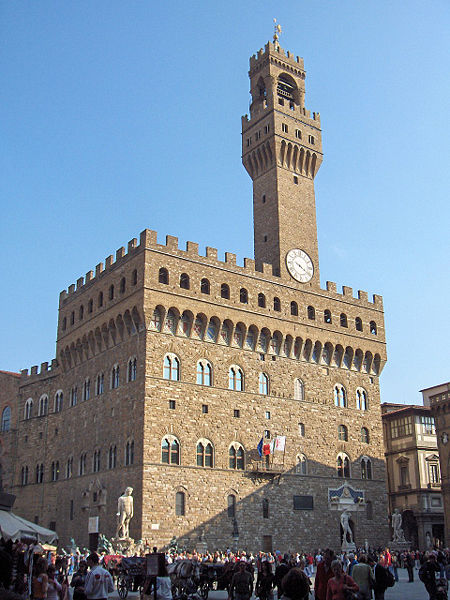

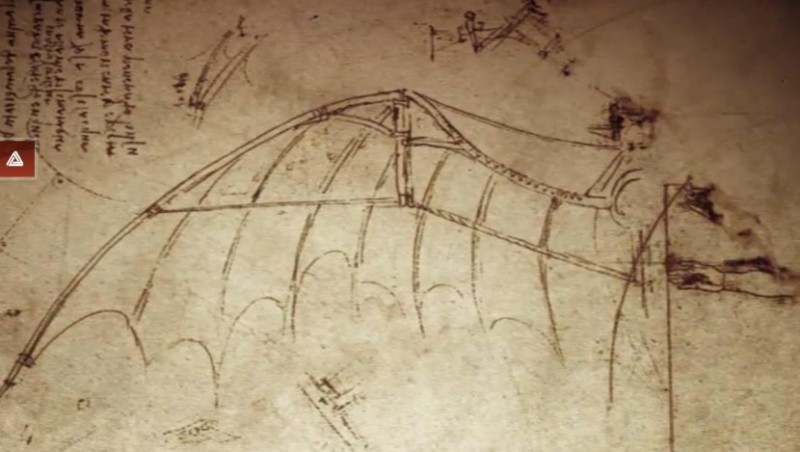
Fantastic read! I’m really looking forward to the next game, even though I fear that it will be deviating from actual history even further.
Wow, Ubi did their research. Piqued interest for Brotherhood.